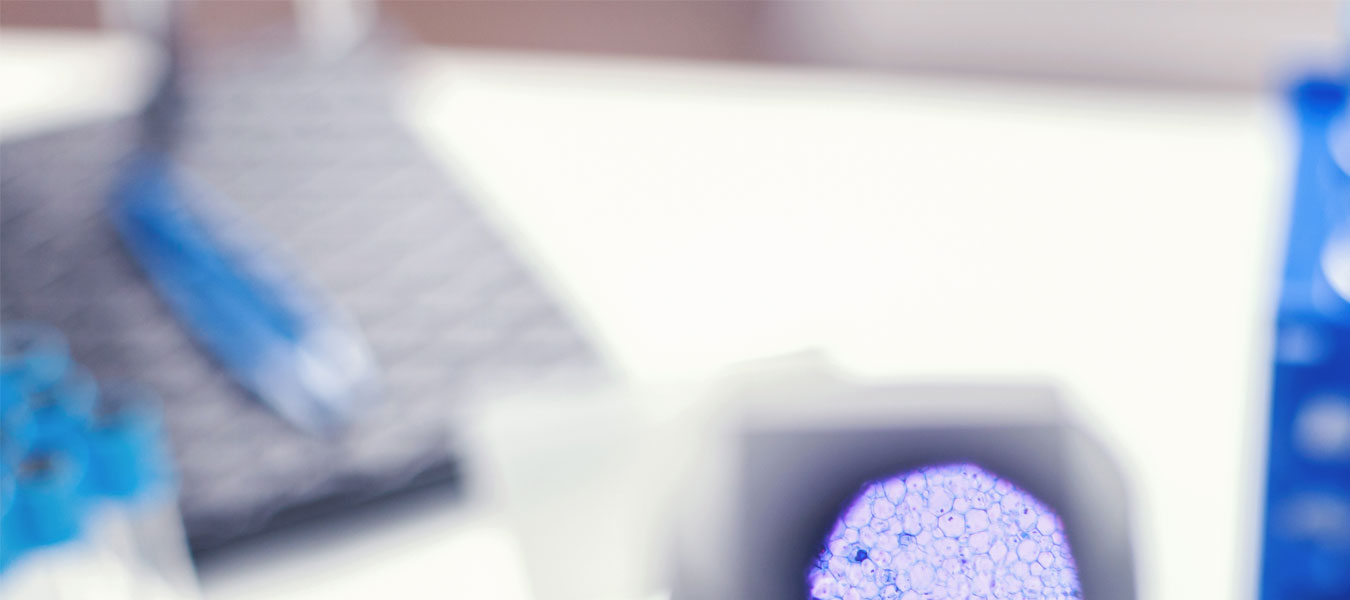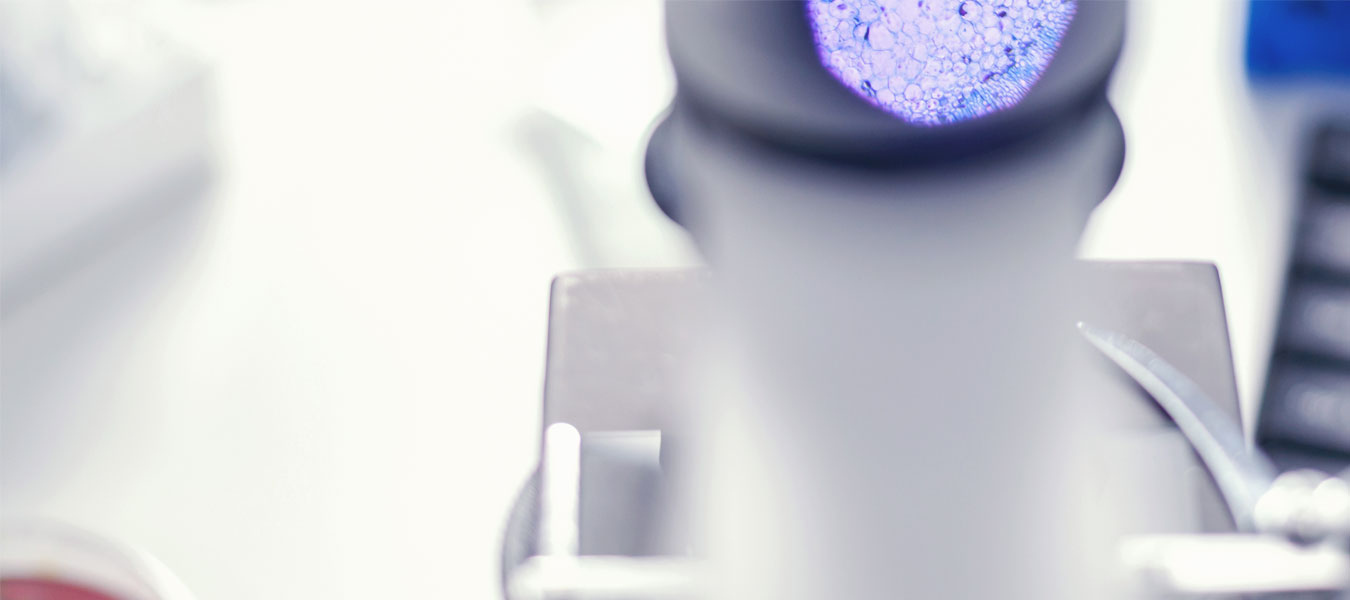biomaterials
Bone 3D-in vitro culture was among the first and most successful approaches in bioengineering. Since then, this multidisciplinary field has evolved with the development of organoid techniques in many other tissues. This progress, however, has been slower in skeleton bioengineering due to the complexity of its tissue interphases between cartilage, cortical and trabecular bone.
Because these difficulties mimicking these transitions, generation of an in vitro functional bone has remained elusive. In this project we attempt to replicate a nature-inspired coexistence among cortical, trabecular bone and cartilage. The final goal is the generation a growing/homeostatic bone structure in vitro using nanostructured materials in combination with skeletal specific biomolecules.
1. Proangiogenic skeletal materials
Study of bone fragility genetics syndromes has provided of a deep knowledge of the molecular mechanisms of disease that govern pathologies like osteoporosis. Recently, our group has identified a new bone fragility dysplasia that uncover a whole new mechanism of disease based in the osteogenic signals of blood vessels through the skeleton. This mechanism indicates that LAMA5 based basal membranes are key for production of osteogenic signals, blood vessel irrigation and stem cell homing. This project proposes the development of a LAMA5 based biomaterial to mimic these osteogenic conditions to apply to bone repair and facilitate an efficient stem cell therapy.
2. Collagen based materials
Our group classically analyzes collagen-based biomaterials in form of sponges, hydrogel or fiber formats. We are specialized in in vitro and in vivo studies analyzing the differentiation capacities of such biomaterials as well as developing new formulas.

1. Proangiogenic skeletal materials
Study of bone fragility genetics syndromes has provided of a deep knowledge of the molecular mechanisms of disease that govern the pathology. Recently, our group has identified a new bone fragility dysplasia that uncover a whole new mechanism of disease based in the osteogenic signals of blood vessels through the skeleton. This mechanism indicates that LAMA5 based basal membranes are key for production of osteogenic signals, blood vessel irrigation and stem cell homing. This project proposes the development of a LAMA5 based biomaterial to mimic these osteogenic conditions to apply to bone repair and facilitate an efficient stem cell therapy.

2. Collagen based materials
Our group classically analyze collagen-based biomaterials in form of sponges, hydrogel or fiber formats. We are specialized in in vitro and in vivo studies analyzing the differentiation capacities of such biomaterials as well as developing new formulas.
